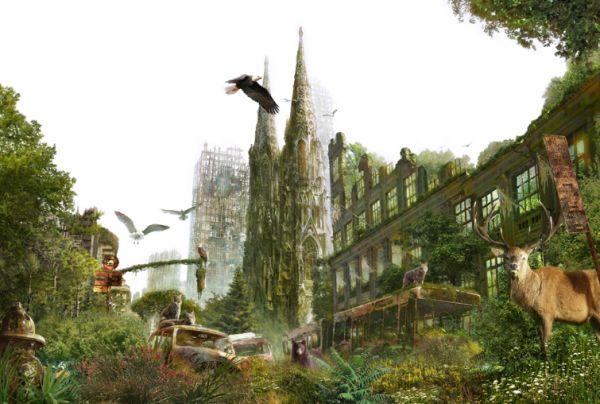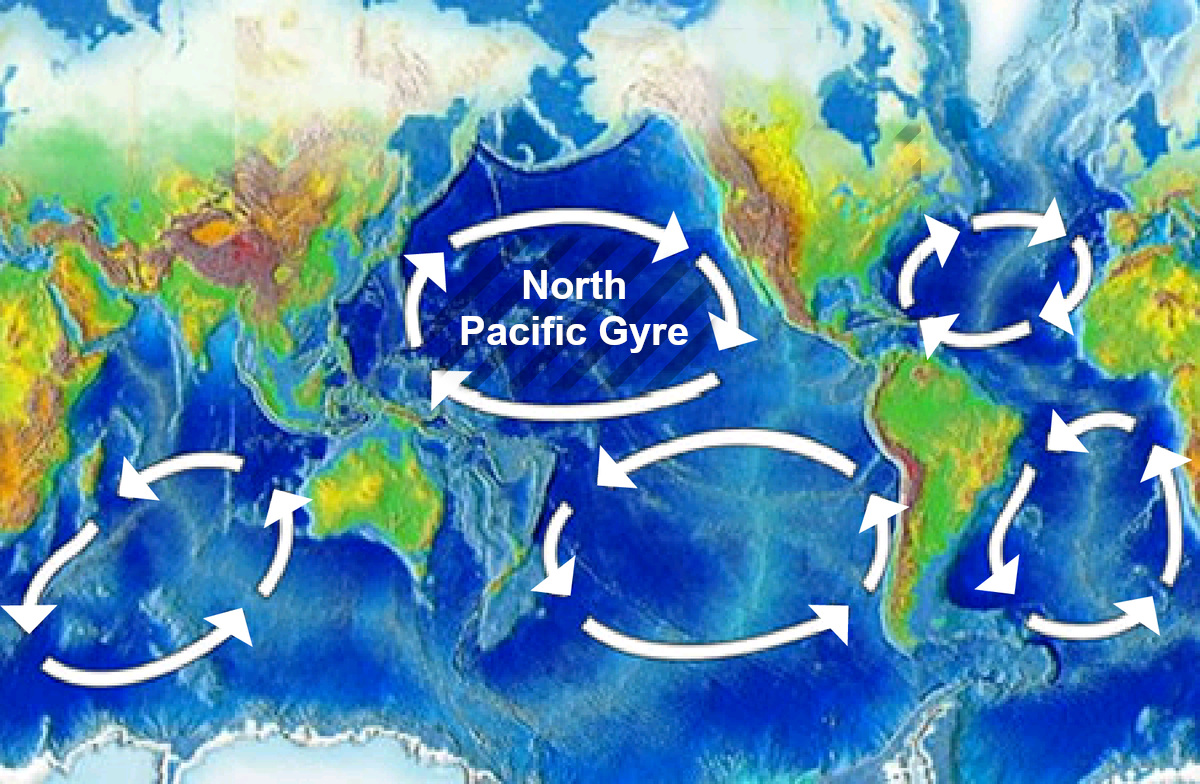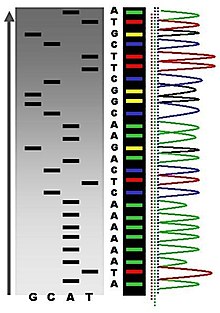Toms River, once a quintessential Jersey shore town, is the focus of
Dan Fagin's Pulitzer prize-winning book Toms Rivers: A Story of Science and Salvation. When Toms River welcomed the Swiss chemical company Ciba-Geigy (now known as Novartis) in 1952, they did not know that the company had left towns in both Switzerland and Ohio due to complaints about air and water pollution. The Swiss company owned and operated the Toms River Chemical Corporation for over 30 years without incident even though it was treating the local rivers and oceans as a dumping ground for its chemical waste. In the name of job creation and economic development, the people of Toms River turned a blind eye. (Of course, this is still the case. In places with a weak
economy, job creation means absolution for any environmental sin.)
Toms River Chemical Corporation expanded rapidly, building a fortress-like factory isolated from the town by acres of forest. To the executives of Ciba-Geigy, the lesson from Basel and Cincinnati was that they should keep their waste practices hidden from residents to operate with impunity. Treating their toxic waste to even minimal standards would cut into the bottom line. The company had standing, unlined pools where untreated waste
would be dumped year after year; the sandy soil of the Jersey shore
readily absorbed the waste, giving the company the unforeseen benefit of disappearing waste. Unfortunately for the people of Toms River, those toxic chemicals didn't really disappear, especially from the water table. Complaints about the water supply tasting and smelling like chemicals precipitated the 1965 development of a pipeline to
dump untreated wastes offshore. Even though this toxic waste pipeline ran through
their backyards, the people of Toms River had seemingly no idea that it was
present. At least not until a leak in the pipeline created a sinkhole on a city
street in 1984. A company spokesman said that the effluent was simply salt
and water, but the chemicals in the waste were likely the cause of the leak. Moreover, tests performed by independent agencies suggested
that this "salt water" was highly mutagenic and not safe for sea life.
This toxic sink hole was a major turning point for the opposition to the chemical company in Toms River. The people of Toms River no longer felt safe with the
waste practices of their neighbor, and they began to demand change. Around the same time, the story of
Love Canal**, a town near Niagara Falls that was built on the site of a former chemical plant, had gained national attention. Love Canal residents were experiencing a variety of health problems, including asthma, miscarriages, and cancer. In 1980, the US government started CERCLA, more commonly known as
Superfund. New Jersey had the most sites of any state in the US; two sites were in Toms River. One, Reich's Farm, was used as a dumping site by several local chemical companies, who paid a local entrepreneur $3.50 per drum to dispose of toxic waste. The companies included Ciba-Geigy and Union Carbide (whom you may remember from the
Bhopal Disaster in India; UC is now part of Dow Chemical). The other site was the Toms River Chemical Corporation grounds.
The Superfund status meant that Ciba-Geigy would have to pay to clean up the hazardous waste on its factory grounds. In addition, the increasing pressure from residents helped ensure that the company would also have to treat their new chemical waste properly. These changes meant that doing business in Toms River was less profitable for Ciba. Predictably, the company started to decrease the size of the plant, eventually transferring their dye-making operations to Southeast Asia. (This move was purportedly to be closer to the textile industries there; the lower wages and relaxed environmental standards didn't hurt either.) However, even after the company left Toms River, the town's trouble wasn't over.
Fagin intercalates the history of Toms River with the scientific developments in environmental toxicology and cancer epidemiology. The author describes how the initial links between illness and chemical contaminants were made based on the observation that certain types of workers were more likely to have particular diseases. For example, chimney sweeps, who often cleaned chimneys naked, were more likely to get scrotal cancer, while dye workers, who were exposed to chemicals like those used in the plant in Toms River, were more likely to get bladder cancer. The first direct evidence that chemicals cause cancer came when rabbits whose ears were painted with coal tar (the starting ingredient in dye manufacturing) developed tumors (Yamagiwa and Itchikawa, 1915).
In Toms River, many chemical company workers developed cancer. It also seemed that the entire town experienced an increase incidence of cancer, particularly childhood blood and brain cancers. Such cancer clusters are difficult to study because the number of cases is not high enough to be statistically significant and because confounding factors (e.g., smoking, diet) were more likely to be the cause of the cancers. Perhaps most importantly, cancer is a complex disease, which could be considered a collection of diseases (blood cancers are different than solid tumors, which are different at each affected site). The causes of cancer are also complicated; for example, the
Knudson hypothesis posits that multiple hits are necessary to cause cancer. A person might start with a genetic susceptibility (as I discussed in the case of
BRCA mutations) or a viral infection (as was the situation for
Henrietta Lacks) and then be exposed to pollution or some other mutagen, which would then lead to cancer. Thus, even if an entire town is exposed to the same chemical, they will experience the effects differently due to subtle genetic and environmental differences.
The later chapters detail how the cancer cluster was proven to be statistically significant (at least in some populations) and how the likely source of the cancer was identified. A case from a Superfund site in Massachusetts (which later became the basis for the book and movie
A Civil Action) showed a definitive link between water pollution and a cancer cluster; this was a landmark outcome in epidemiology. In the case of Toms River, the connections were somehwat more tenuous. In 2001, the affected families received a combined $35 million settlement from Dow and Novartis (nee Ciba-Geigy). Interestingly, Novartis made headlines later that year for its development of the revolutionary drug Gleevec (discussed in my
previous post about The Philadelphia Chromosome). The name change coincided with the company's move into pharmaceuticals, but was also a way to distance itself from its toxic past.
Throughout the book, Fagin's journalistic writing style is useful for the subject matter. The story can be deeply frustrating at times due to the mistakes made by Ciba-Geigy as well as at the lack of oversight and the absence of repercussions for the company. Fagin chooses to focus on the "good guys", the people who helped identify the cancer cluster and those who fought to fix the problem. Today, the people of Toms River are safer, and cancer incidence has decreased since the cleanup. However, people living close to where Dow and other chemical giants are currently operating are also experiencing cancer clusters. Despite this grim information, Fagin ends hopefully, discussing how the new developments in molecular epidemiology could improve the ability to link a disease with a pollutant.
**************************
** For additional information see this excellent
video of the history of Love Canal with updates
 I have only recently realized that Brontosaurus is no longer a dinosaur. All of my son's books about dinosaurs had the longed-necked sauropod labeled as Apatosaurus, suggesting that something is very different from when I was a kid. Luckily, Brian Switek's book My Beloved Brontosaurus: on the road with old bones, new science, and our favorite dinosaurs explains what happened. Briefly: in 1877, Yale paleontologist O.C. Marsh discovered a partial skeleton of a young dinosaur that he named Apatosaurus; two years later when he found a similar skeleton, he called it Brontosaurus. In 1903, another paleontologist (Elmer Riggs) argued that the differences between the two skeletons were not great enough to warrant two different species. Because Apatosaurus was named first, it had priority for the scientific name. For some unknown reason, this development did not filter down to popular culture or even museums. According to Switek, the changes weren't made until the late eighties. Even after that, it was hard for people to adapt to the change. Switek compares the sadness we experienced at the loss of Brontosaurus with the news that Pluto was no longer a planet.
I have only recently realized that Brontosaurus is no longer a dinosaur. All of my son's books about dinosaurs had the longed-necked sauropod labeled as Apatosaurus, suggesting that something is very different from when I was a kid. Luckily, Brian Switek's book My Beloved Brontosaurus: on the road with old bones, new science, and our favorite dinosaurs explains what happened. Briefly: in 1877, Yale paleontologist O.C. Marsh discovered a partial skeleton of a young dinosaur that he named Apatosaurus; two years later when he found a similar skeleton, he called it Brontosaurus. In 1903, another paleontologist (Elmer Riggs) argued that the differences between the two skeletons were not great enough to warrant two different species. Because Apatosaurus was named first, it had priority for the scientific name. For some unknown reason, this development did not filter down to popular culture or even museums. According to Switek, the changes weren't made until the late eighties. Even after that, it was hard for people to adapt to the change. Switek compares the sadness we experienced at the loss of Brontosaurus with the news that Pluto was no longer a planet. 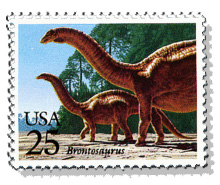

 It is a great time to be a dinosaur lover. There have been some really amazing dinosaur finds in the past few years. For instance, for more than fifty years, the 8-foot-long set of arms shown on the right spurred the curiosity of many dinosaur fanatics; in October, researchers published their discovery of a full Deinocheirus skeleton, which was almost as weird as you might have imagined looking at those crazy arms (coverage by Ed Yong). The gigantic sauropod (and not so close relative of the Brontosaurus) called Dreadnaughtus was found in southern Argentina also made headlines due to its great size. Amazingly, this is not the end of the size spectrum for sauropods; size was clearly a huge advantage for these beasts.
It is a great time to be a dinosaur lover. There have been some really amazing dinosaur finds in the past few years. For instance, for more than fifty years, the 8-foot-long set of arms shown on the right spurred the curiosity of many dinosaur fanatics; in October, researchers published their discovery of a full Deinocheirus skeleton, which was almost as weird as you might have imagined looking at those crazy arms (coverage by Ed Yong). The gigantic sauropod (and not so close relative of the Brontosaurus) called Dreadnaughtus was found in southern Argentina also made headlines due to its great size. Amazingly, this is not the end of the size spectrum for sauropods; size was clearly a huge advantage for these beasts.


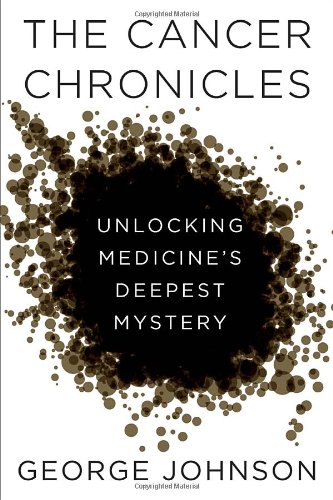



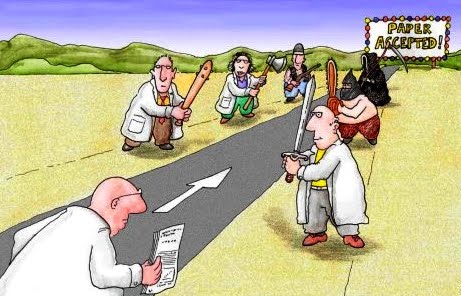





.jpg)


